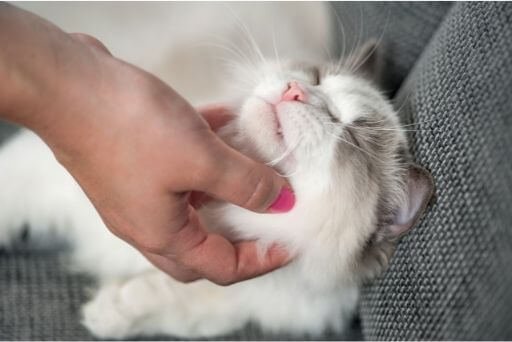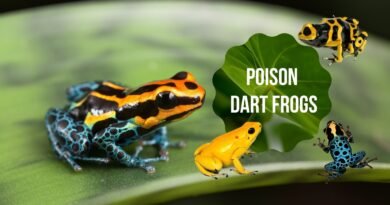Scientists revealed why furry cats and dogs like being petted – and it’s all down to neurons
Cats, being furry animals, always request their guardian to pet them affectionately. Cats feel delighted when owners stroke or pet them. They’ll become overly moody if the guardians won’t follow their request for petting. But why do they like being stroked so much? Well, scientists from the USA have finally revealed the answer!
Furry Animals:

Hairy animals across the large taxa have been documented to stroke their conspecifics as a part of grooming. It’s their way of showing affection. Stroking is also a way of acknowledging kinships such as in lions where parent lions stroke cubs with paws or heads. Even monkeys and chimpanzees spend their time stroking their companions. What triggers this behavior in hairy mammals? Why do they fancy getting stroked by the conspecifics and guardians?
In a 2013 research study, a group of five scientists from different prestigious institutes came together to uncover this fascinating, doting behavior of cats and other furry mammals.
The research team included Sophia Vrontou and Allan M. Wong from the Division of Biology 156-29, California Institute of Technology, Pasadena, California – Kristofer K. Rau from the Department of Anatomical Sciences and Neurobiology, University of Louisville, Louisville, Kentucky – H. Richard Koerber from the Department of Neurobiology, University of Pittsburgh, Pennsylvania – and David J. Anderson from the Howard Hughes Medical Institute, California Institute of Technology, Pasadena, California, USA.
The research article was published online in a weekly international journal, Nature, 493 on 30th January 2013. The journal is almost 150 years old, serving scientists by weekly publishing significant advances in any branch of science.
The journal, Nature, started its publishing journey in November 1869. Since then Nature has launched countless prestigious awards and grants for researchers including the Spinoff Prize, the John Maddox Prize, the Global Grants for Gut Health, etc. To date, the journal, Nature, is serving students, scientists, and the wider public with all the latest, original, insightful research articles and news.
Back in 2012, a team of five experts in the field of Neurology joined their hands at the California Institute of Technology. All the researchers were intrigued to unfold the science behind why furry mammals like cats and some dogs like being stroked so much.

For experiments, the research team used furry mice and Vivo cats. Researchers prepared three rooms in the laboratory with different conditions. After multiple experiments, the research team finally discovered a rare group of sensory neurons that respond to stroking or petting.
In Dr. In David J. In Anderson’s labs, the research team also tested the effects of other kinds of touch such as poking or pinching on the sensory neurons. Researchers studied the jungle of nerves under the skin of mice to catch which nerves respond to stroking or petting and which ones respond to other kinds of touch (poking or pinching).
To study the neurological response, Dr. David J. Anderson and his colleagues poke pinch, and stroke the mice’ hind paws. Using calcium imaging in live mice, the research team recorded different neurological responses. This led the researchers to discover a small but rare population of sensory neurons under the hairy skin of mammals.
When the research team stroked the hind paws of the mice, they saw one group of neurons light up. But when the researchers poked or pinched the mice, they observed another group of neurons light up. These different groups of neurons prompt the researchers to know more about them.

To further study the newly discovered neurons, the research team set up new experiments. The research prepared three-room and introduced the mice to each room one by one. In the first room, the mouse was given a drug that stimulated their stroking or petting neurons. On the second and third day, the mouse was introduced to two other rooms where the saline solution was given to the mouse. The saline solution had no effect on stimulating stroking neurons in mice.
After several days’ alternative trials, the research team let the mouse choose a room of his choice and left all the doors open. The mouse without any hesitation chose the first room with a drug that stimulates stroking neurons.
In the end, Dr. Anderson and his colleague discovered that stroking neurons in furry mammals are wired to produce a pleasurable sensation that is stimulated from any external stimulus. Stroking/petting in furry cats, dogs, and other mammals is positively rewarding for them. The furry mammals feel delightful and pleasant when they are being stroked.
Thanks to Dr. David J. Anderson, Sophia Vrontou, Allan M. Wong, Kristofer K. Rau, H., and Richard Koerber now we know why furry cats and dogs like being stroked so much. Don’t forget to stroke your furry little companions now that you know you can stimulate the pleasure-making sensory neurons and make your little pets happier and feel blessed.




